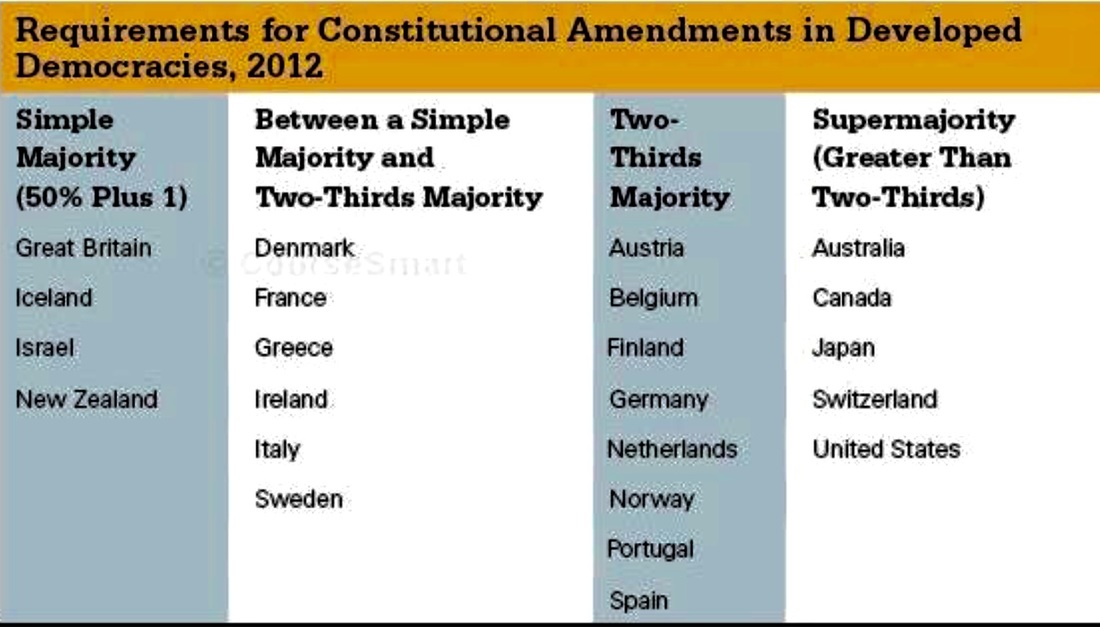|
Because most colleges and universities are public institutions created by state and local governments, federalism has direct consequences for the students who attend them. State and local governments provide most of the funding for colleges and universities, but almost everyone agrees that this funding is inadequate. In response to this problem, the national government has stepped in to support postsecondary education programs.
One could argue that the federal government makes it possible for many students to attend college at all because it is the primary source of financial aid. The federal government provides about $160 billion in financial assistance (including grants, loans, and work-study assistance) to more than 50 million college students each year. Nearly two-thirds of all full-time undergraduates receive some form of financial aid from the federal government. The federal government also provides several billion dollars of direct grants to colleges and universities across the nation. Billions more in federal funds support research and training in certain areas, especially science and engineering--which receive about $32 billion a year. The libraries, laboratories, and the buildings in most colleges and universities have benefited from federal government grants. Each year the federal government provides about 10% of the revenue for public universities and 15% for private, not-for-profit colleges and universities. Few colleges and universities could withstand a 10 or 15 percent cut and the loss of most of the financial assistance for their students. Read the article at the link below, then respond to the following questions. Loans now, headaches later Questions to consider: a. Considering the budget deficits that the federal government is facing, should the states pick up more of the cost of its colleges and universities? Can the government mandate lower tuition without providing funding to the schools that need to now lower their rates? b. Should college be more affordable for all students? If so, how should states raise the money to keep all of the programs that make the college unique while keeping costs down?
Comments
In Federalist #43, James Madison argues that the Constitution's amendment process is well thought out and good for the country: It guards equally against that extreme facility, which would render the Constitution too mutable; and that extreme difficulty, which might perpetuate its discovered faults. It, moreover, equally enables the general and the State governments to originate the amendment of errors, as they may be pointed out by the experience on one side, or on the other.
In the 1960s, many young people began to notice that while those 18 and older could be sent to fight in Vietnam, they couldn't vote until they were 21 years old.
In 1970, Congress passed the Voting Rights Act of 1970, which lowered the voting age in both federal and state elections. The Supreme Court, however, determined that this was unconstitutional. The federal government could only set the voting age in national elections. The states could not be forced to change their own voting age. In response, Senator Jennings Randolph (D-WV) proposed a constitutional amendment to lower the national voting age to 18 years. The 26th Amendment sailed through Congress, and was quickly ratified by three-quarters of the states. There are now some proposals to lower the voting age even further.
 In this class, you will be asked from time to time to head over here to the blog to read an article or other post and respond in the comments section. Since so much of understanding politics is watching it in action, it's important to read editorials and long-form articles that discuss the action inside the beltway. Whenever you are asked to respond to a post, you should use your first name and last initial as your username so we can all see who is who. Most times, you will be asked to make one comment directly to the post, then reply to one or two other comments as well. This is an assignment, so remember, even if the question seems like it can be answered with a simple "yes," "no," or any other quick response, know that there is always an implied "why?" or "why not?" attached to every question. Give the rest of the class something to think about and respond to. For more guidelines to these assignments, check out the main blogs page on digihistory. Let's practice with this post. I wonder where this year's crop of gov students fit on the ideological scale. Here's what you're going to do:
b. Did you fall in with the rest of the class, or were you an outlier? c. Do you think this class' responses are representative of the school population? Remember to respond to someone else's reply as well! EDIT: PDF of the class responses. Political Typology Quiz Group ID #: 42fd1730
|
This blog...was created to provide my students with a forum to discuss issues in government and politics. Archives
January 2016
Categories
All
|
|
Proudly powered by Weebly
Thank you Mr. Payne for stealing all of my website design ideas!
|
about
contact support
|


 RSS Feed
RSS Feed

